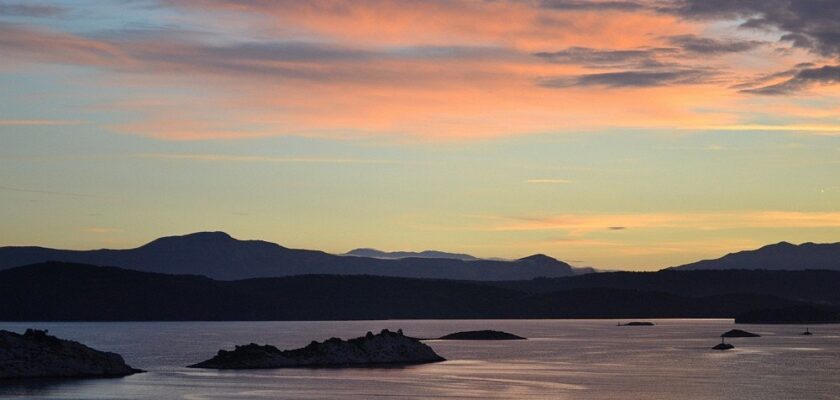Adriatic Sea
This attraction is related to the countries:ItalyItaly , CroatiaAlbaniaMontenegroBosnia and HerzegovinaSloveniaThe Adriatic Sea is a semi-enclosed sea, part of the Mediterranean Sea between the Apennine and Balkan peninsulas. It washes the coasts of Italy (more than 1000 km), Slovenia (47 km), Croatia (1777 km), Bosnia and Herzegovina (20 km), Montenegro (200 km), Albania (472 km). In the southern part, the Strait of Otranto is connected to the Ionian Sea.
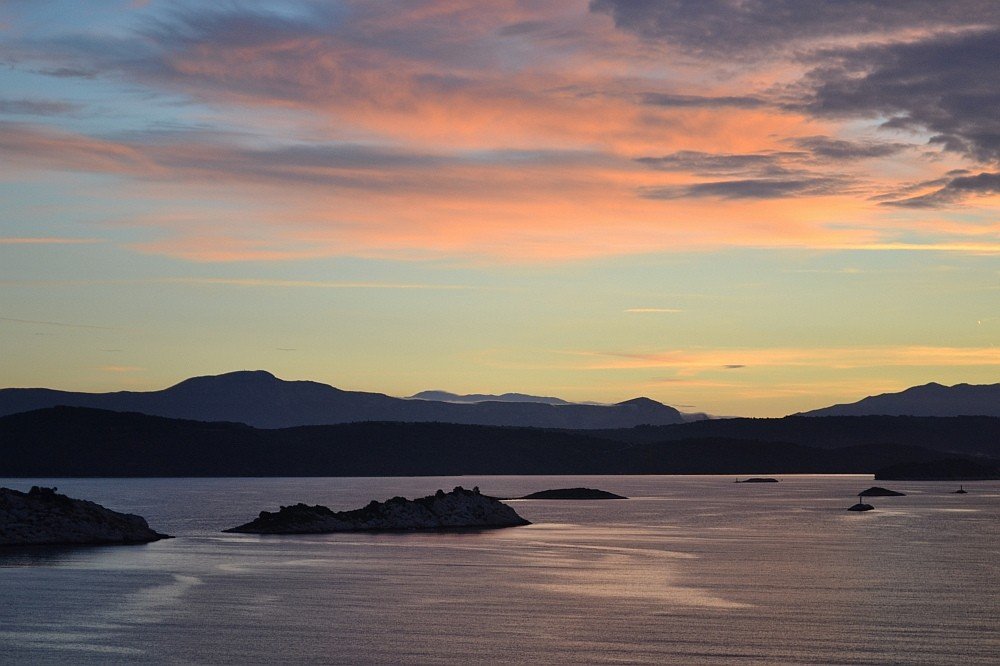
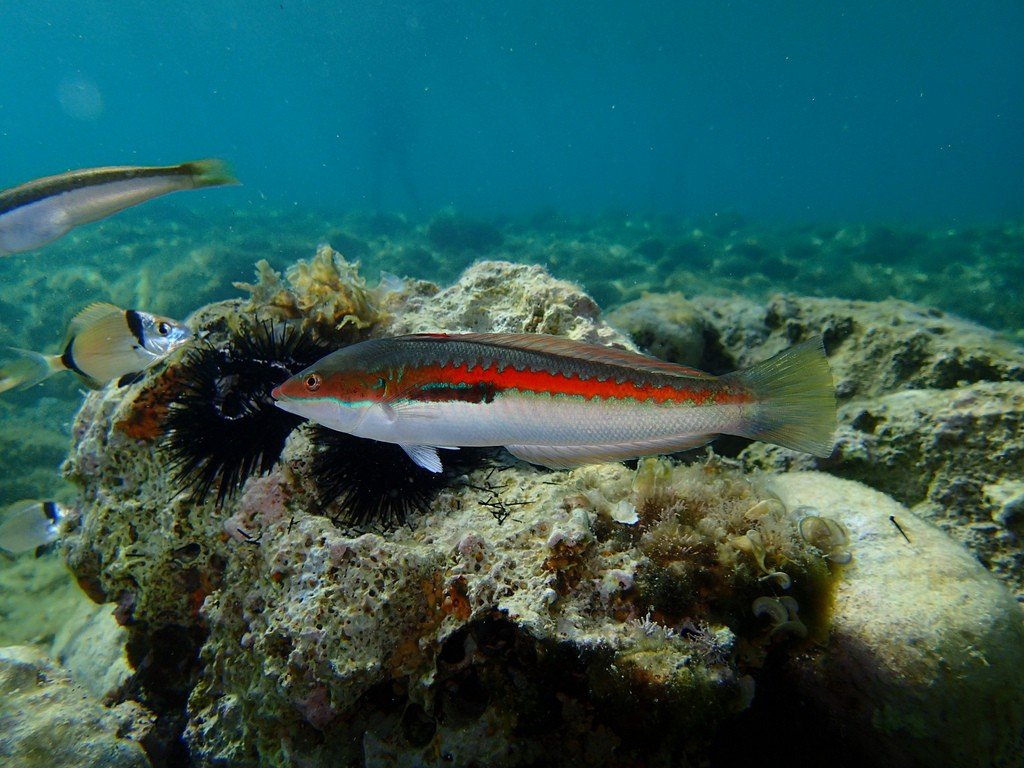
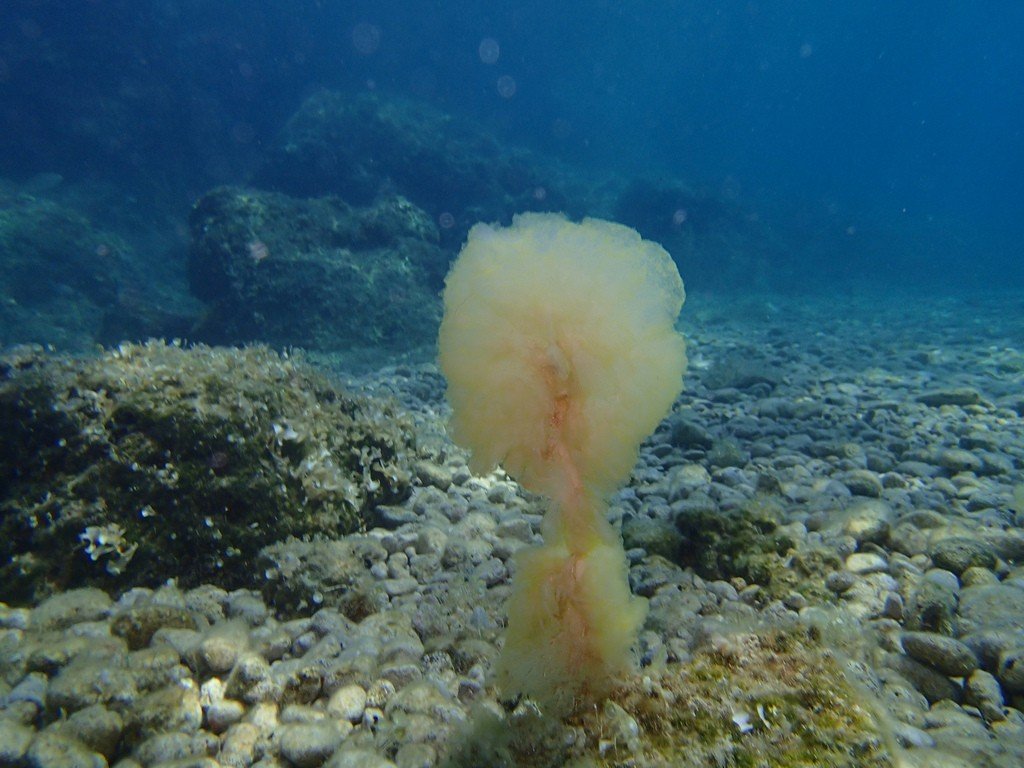
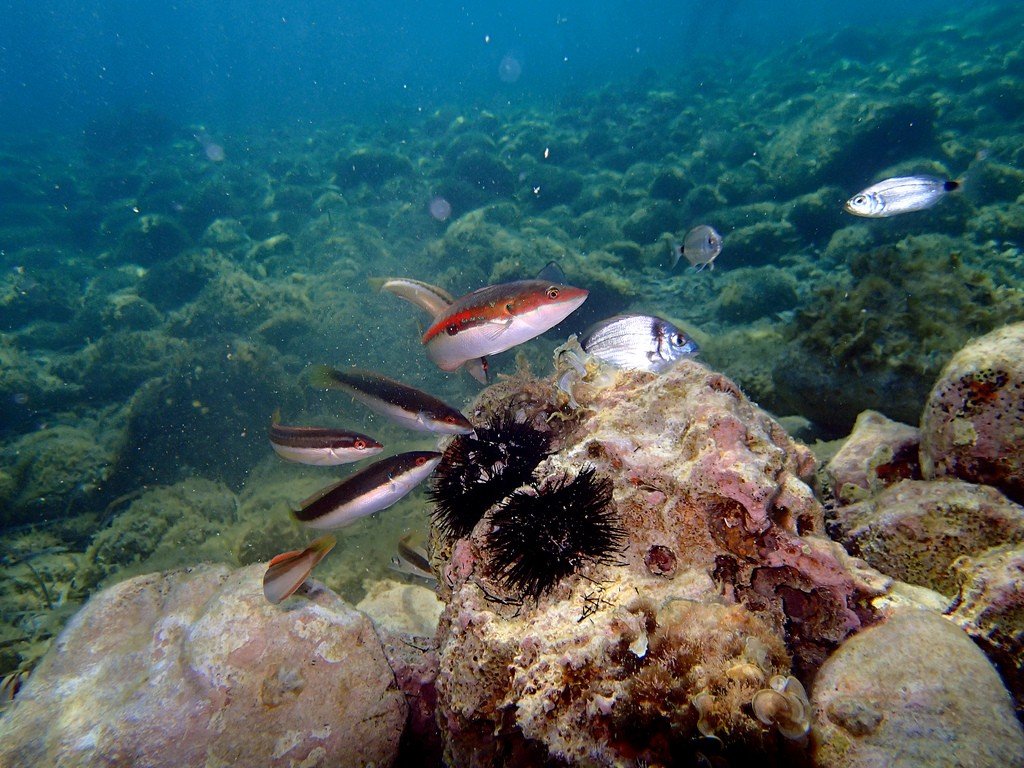
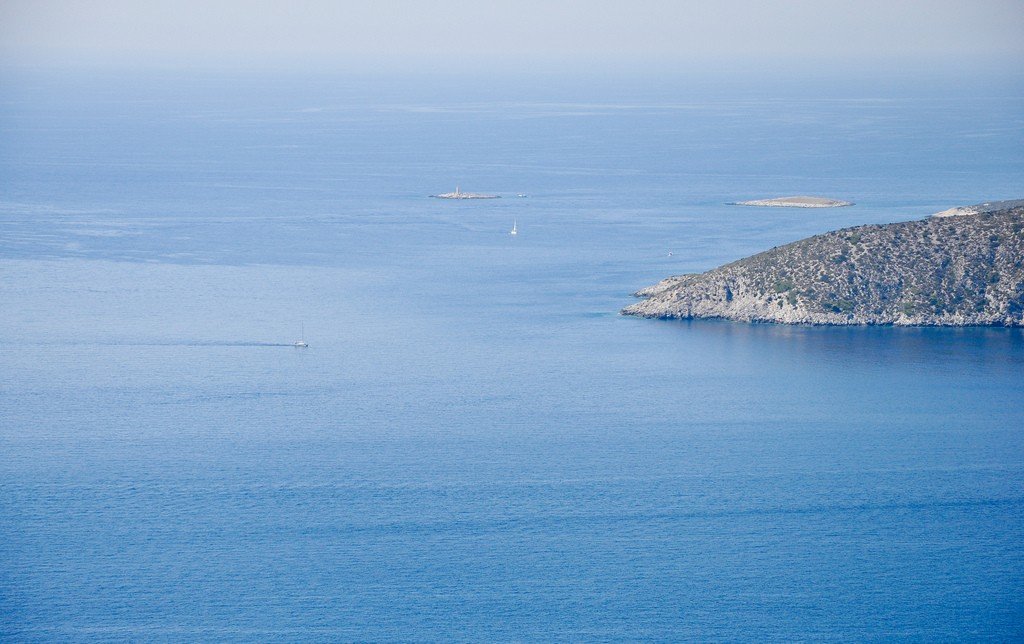
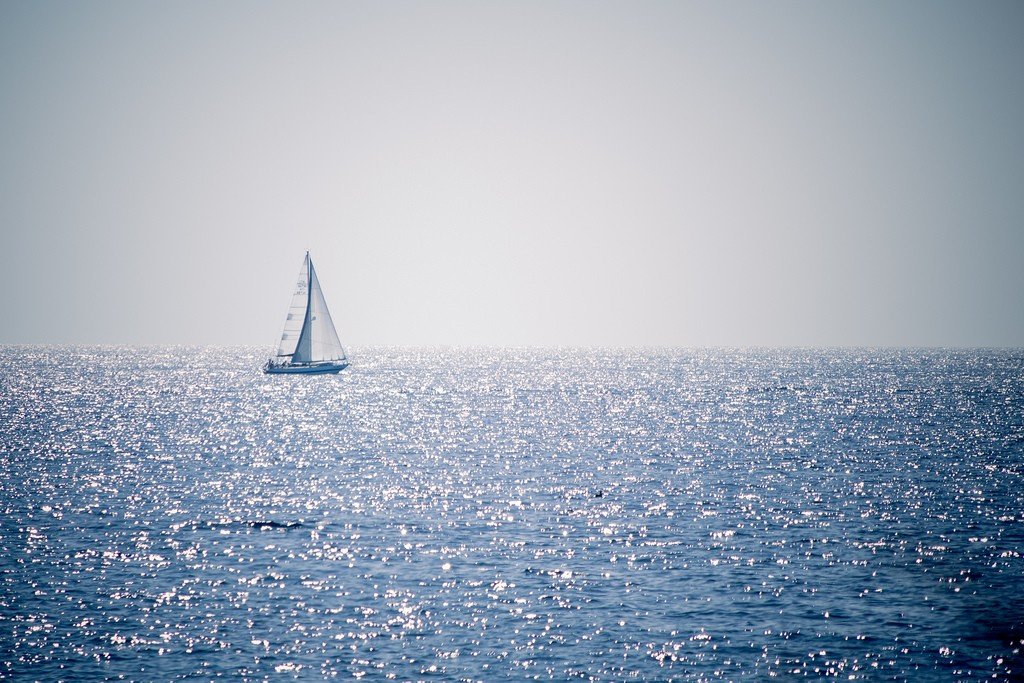
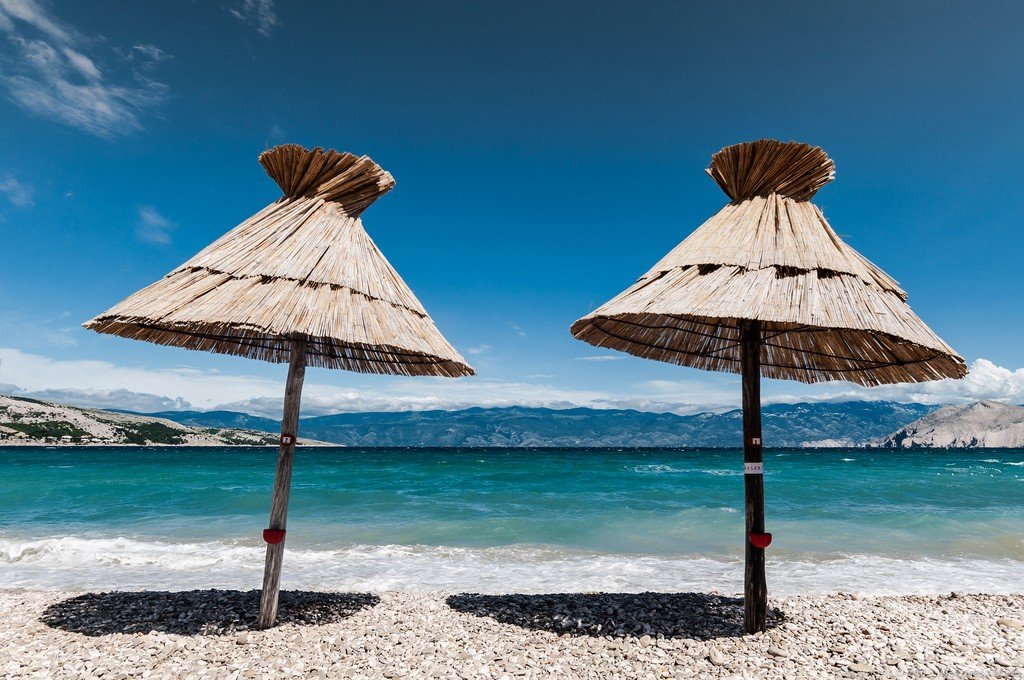
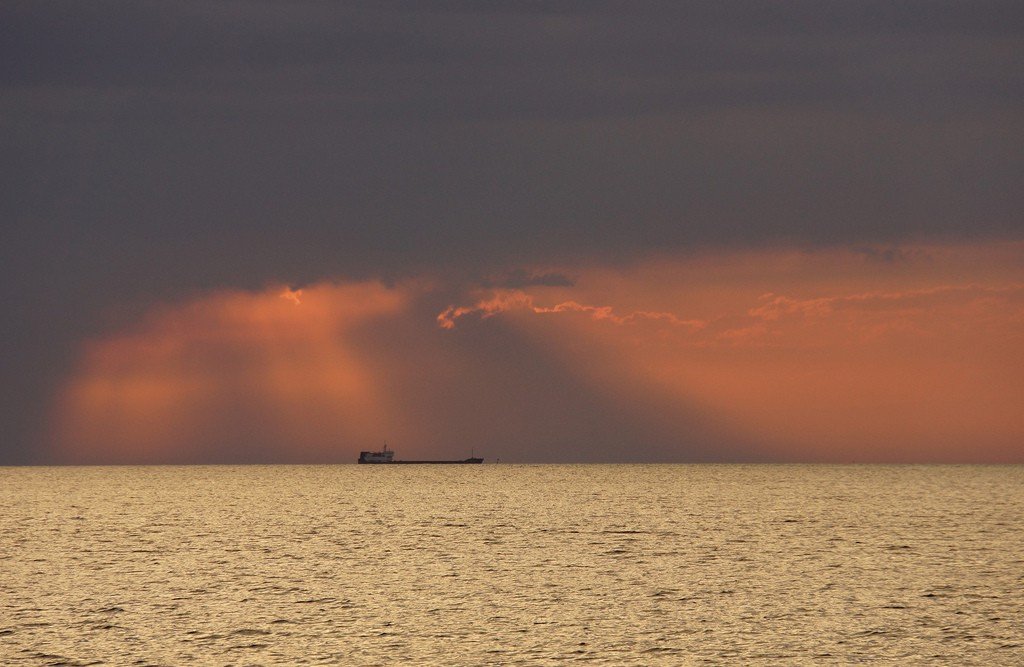
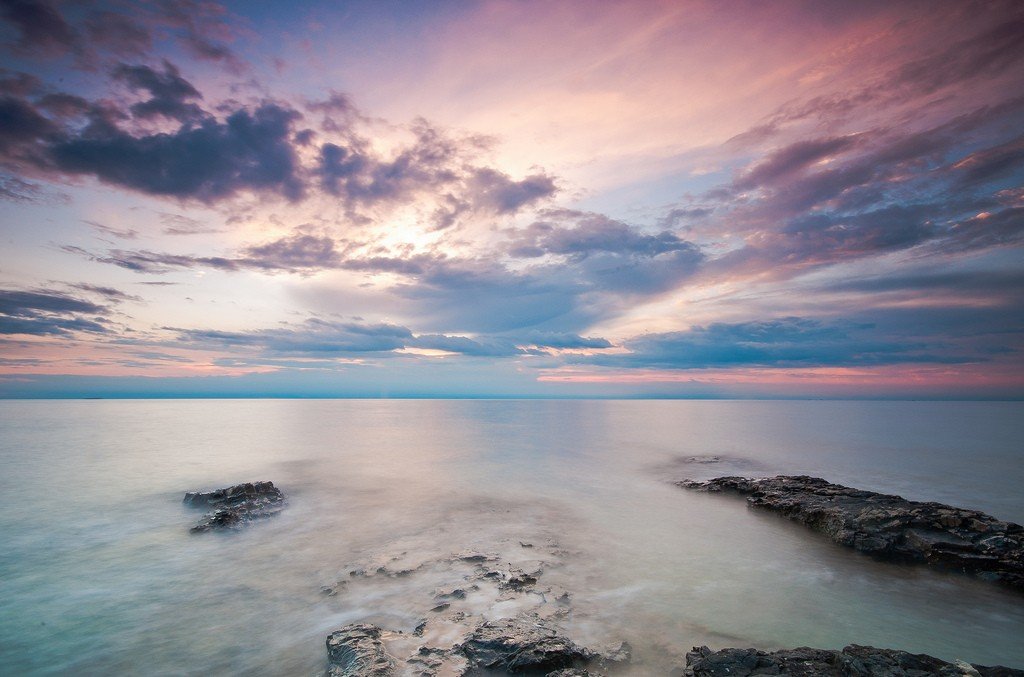
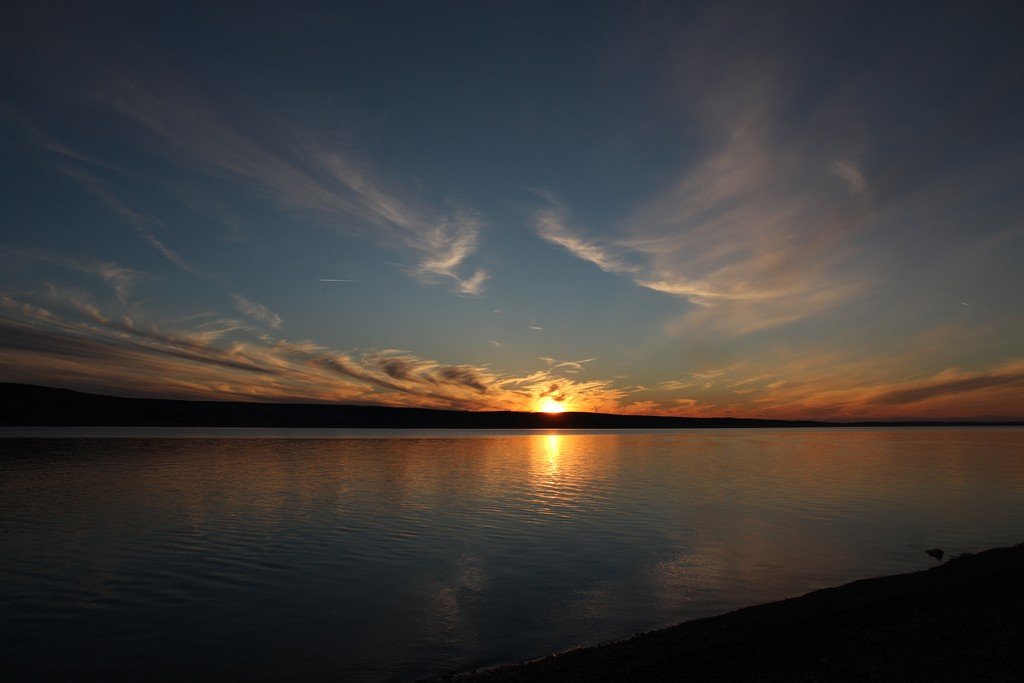
General information
The Adriatic Sea has an area of 144,000 km², with depths ranging from 20 m in the northern part of the sea to 1,230 m in the southeastern part.
.The western shores are predominantly low-lying, the eastern shores are mountainous. Near the eastern coast are the Dalmatian Islands, which are the tops of the coastal ridges of the Dinaric Highlands, whose intermountain valleys were flooded during the subsidence of the western part of the Balkan Peninsula. The coasts are heavily indented with bays and abound with convenient harbors. The major bays are the Venetian, Trieste and Manfredonia. The sea near the coast is deep, which favors navigation. The largest coastal islands are Krk (408 km²), Brač (396 km²), Cres (336 km²), Hvar (299 km²), Pag (287 km²) and Korcula (276 km²).
.Water temperature from north to south varies from 24 to 26°C in August and from 7 to 13°C in February. Water salinity varies from 35 to 38‰. The tides are irregular semi-diurnal (up to 1.2 m). Summers are clear, and winters are cloudy and rainy (up to 70% of annual precipitation).
.The plant and animal life of the Adriatic Sea is quite rich. More than 750 species of algae grow, belonging to three divisions (red, brown and green). In the coastal zone, there are many species of gastropods and bivalves with thick, strong shells that protect them from the waves, as well as echinoderms and crustaceans. The shallow waters are home to oysters, mussels, sea saucers, sea urchins, sea cucumbers, and small crabs. Seahorses swim in thickets of algae. At a slightly greater depth live large crustaceans – lobsters, large crabs, as well as octopuses, cuttlefish, starfish, swim here eels and moray eels. The water column is saturated with plankton and young fish. Swarms of sardines, mackerel, bubble mackerel and mackerel frigate, pelamid and tuna swim here. Currents bring many delicate, transparent jellyfish and glowing at night hydroid polyps. Of the sharks, the dwarf, spiny, and blue sharks are the most common, as well as the sea fox shark. The giant shark is very rare. Among mammals, the Adriatic Sea is home to dolphins and the endangered monk seal.
.The coast in Croatia is famous for such resorts as Dubrovnik, Split, Sibenik, Makarska Riviera, Pula, as well as the resorts of the Dalmatian Islands. The main resort area of Montenegro is the Budva Riviera. Slovenia’s small Adriatic coast has four resort towns – Koper, Izola, Piran and Portoroz. Bosnia and Herzegovina has just one seaside resort – Neum. Albanian resorts are located in the area of Durres and on the “Coast of Flowers” (the coast from Vlora to Saranda). On the Italian Adriatic coast the popular resorts are Rimini, Bellaria, Igea Marina, Venetian Riviera (Lido di Jesolo and Lignano), Palm Riviera (coast from Mare Gabicce to San Benedetto del Tronto).
.